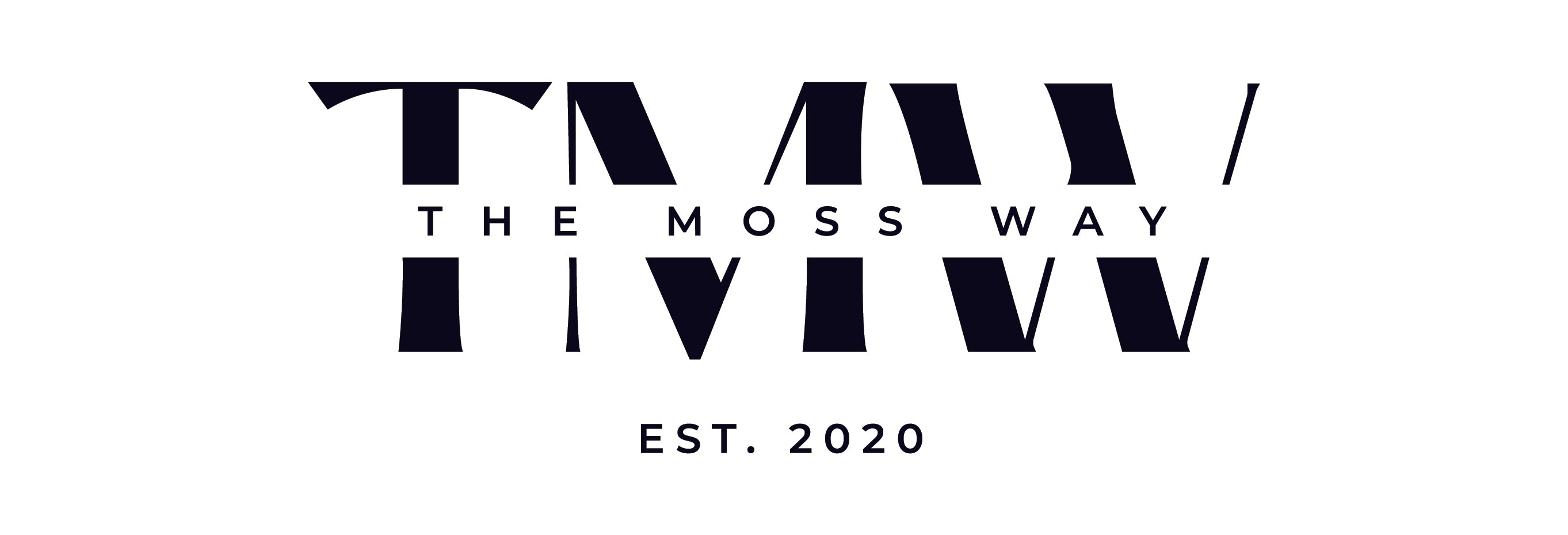Seaweed may be trending in today’s wellness and nutrition spaces, but its role in human history is anything but new.
From ancient coastal communities to cutting-edge skincare products, seaweed has been prized for its nourishment, healing properties, and versatility for thousands of years.
In this blog, we explore the cultural and historical significance of seaweed, how it’s been used across different societies, where Irish Sea Moss fits into this fascinating legacy, and how modern applications are bringing seaweed back to the forefront of sustainable health.
Ancient Roots: Seaweed in Traditional Cultures
Seaweed has been used as food, medicine, and even currency in traditional cultures around the world:
Ireland and Scotland:
Irish Sea Moss (Chondrus Crispus) was a staple during the Irish Potato Famine, where it served as a vital survival food. Its soothing effects on the digestive system made it popular in tonics and jellies.
Irish Sea Moss was also believed to hold protective and healing properties.
Japan and Korea:
For over 2,000 years, seaweed has played a central role in Asian diets and ceremonies. Nori, wakame, and kombu are used in sushi, soups, and side dishes.
Seaweed is seen as a longevity food and is commonly included in meals for postpartum mothers.
Nordic Regions:
Scandinavian cultures used seaweed like dulse and sugar kelp not only for nutrition but also as a fertiliser in agriculture. It was dried and stored for winter, often ground into flour and added to bread.
Pacific Islands:
Polynesian and Micronesian communities valued seaweed for its role in healing and nourishment. Women used seaweed as skincare remedies and to support recovery after childbirth.
Medicinal and Ritual Uses of Seaweed
Throughout history, seaweed has had spiritual and medicinal importance across various cultures:
- In Traditional Chinese Medicine, seaweed is classified as a cooling food used to cleanse the body, especially the liver and kidneys. It’s often prescribed for thyroid health due to its high iodine content.
- In Native American and coastal Aboriginal cultures, seaweed was used in poultices and topical treatments for wounds, inflammation, and skin irritation.
- Ritual Uses: In some societies, dried seaweed was burned to ward off negative spirits or used in ceremonial baths believed to cleanse and purify.
Seaweed’s Role in Diet and Sustainability
As awareness of climate change and food insecurity grows, seaweed is becoming recognised as a future-forward food source. It requires no fresh water, fertilisers, or arable land to grow, making it an eco-friendly solution with enormous potential.
Incorporating seaweed into modern diets is also easier than ever, thanks to innovations in product formats—from ready-to-use seaweed snacks to nutrient-rich powders and capsules.
The Rise of Irish Sea Moss in Modern Wellness
Among the many types of seaweed, Irish Sea Moss has emerged as a wellness icon:
- Supports gut health thanks to its prebiotic fibres and mucilage content
- Rich in over 85 essential nutrients including iodine, magnesium, zinc, and potassium
- Boosts immunity and promotes overall wellness
- Great for skin, thanks to its hydrating and anti-inflammatory properties
- Sustainably wild-harvested, ensuring environmental and nutritional integrity
Irish Sea Moss is now used in everything from smoothies and soups to face masks and supplements thanks to its array of impressive health benefits.
Cultural Revival and Global Popularity
The rediscovery of seaweed isn’t just about health—it’s about cultural revival. Communities around the world are reclaiming traditional seaweed knowledge and recipes.
From coastal foraging workshops in the UK to fermented kelp dishes in Nordic fine dining, seaweed is being celebrated anew.
Irish Sea Moss, in particular, has captured global attention not only for its rich history but also for its modern relevance. Celebrities, wellness experts, and nutritionists are touting its benefits, making it a trending yet timeless superfood.
Practical Ways to Add Seaweed to Your Life
If you're new to seaweed, start simple:
- Add dried seaweed flakes to soups, stews, or rice dishes
- Try seaweed snacks like roasted nori or dulse crisps
- Blend Irish Sea Moss gel into smoothies or teas
- Use sea moss powder in baking or salad dressings
- Explore topical products with Irish Sea Moss for hydration and anti-aging effects
Final Thoughts
From ancient famine food to modern superfood, seaweed has shaped—and continues to shape—human culture, health, and sustainability. Its uses span centuries and continents, touching everything from medicine to cuisine, rituals to beauty routines.
Irish Sea Moss is more than a trend—it’s a bridge between tradition and innovation. By reintroducing this oceanic treasure into our daily lives, we honour the past while fuelling a healthier, more sustainable future.






























